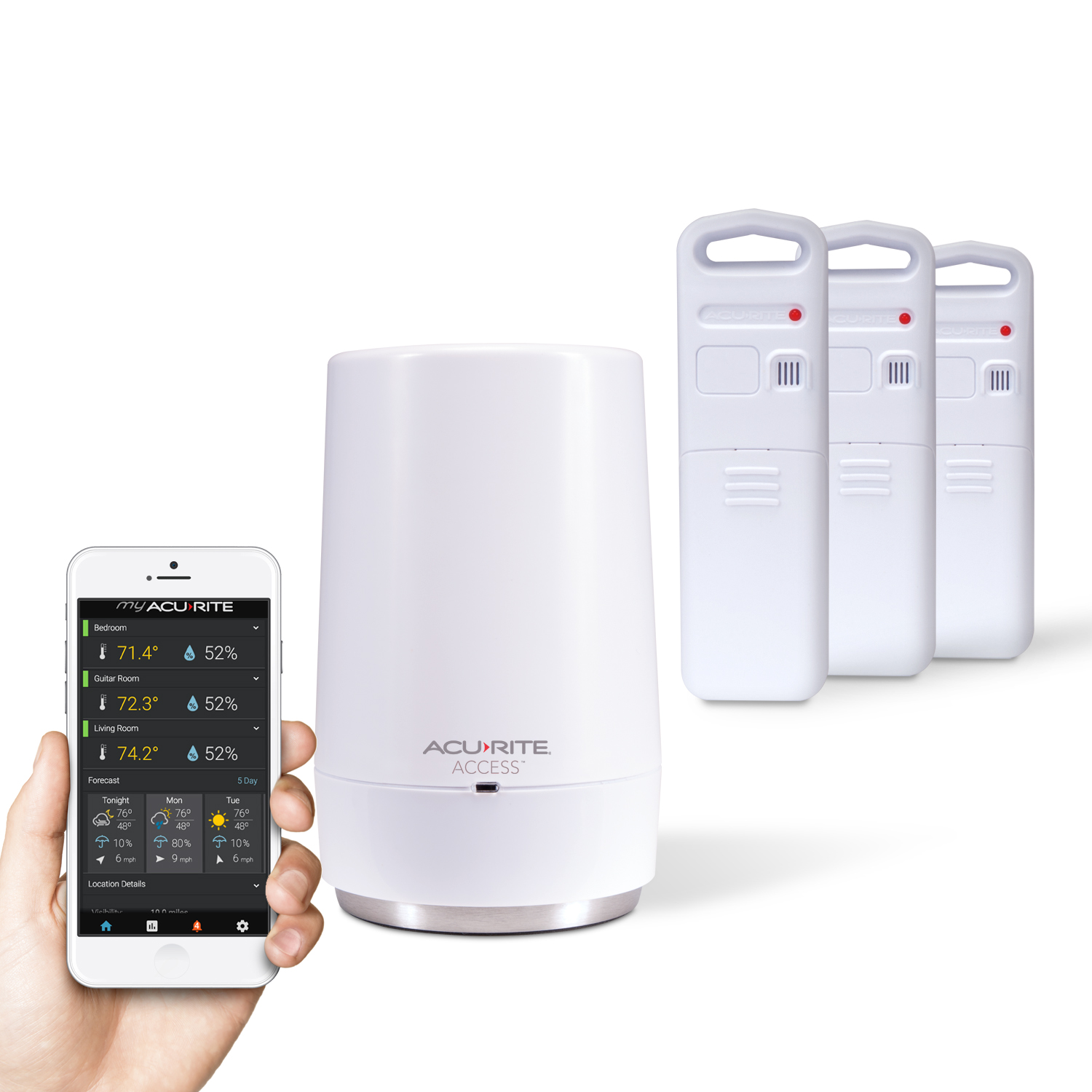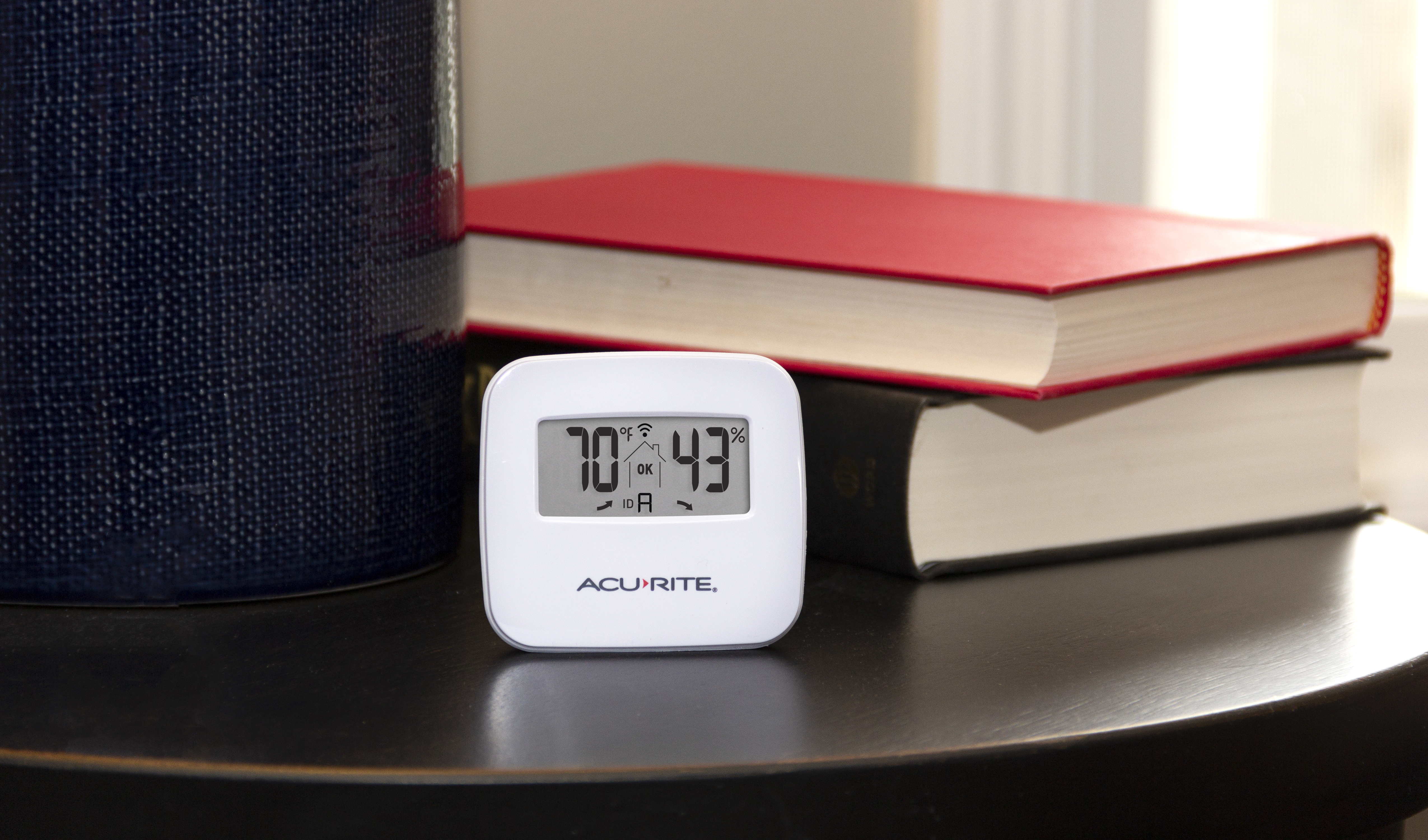9 Tips for Home Energy Efficiency in Spring and Summer
As winter gives way to spring, it becomes important to reevaluate your home's energy efficiency and utility use. Heating and cooling best practices for your home are different during the warmer months of the year, and maintenance may be needed to transition your home away from winter settings. Here are a few energy saving tips that you can use to improve your home’s heating and cooling efficiency, save money, and help the environment.
1. Check Your Home Insulation
During the winter months, you may have experienced some snowfall. Did you notice whether that snow stayed on your roof -- or whether it quickly melted compared to other homes in your neighborhood? If you've found that snow melts more quickly around your home, it's likely because heat is escaping due to poor insulation. Poor insulation could be a problem when the weather turns warmer as well. Improving upon your insulation will often save money over time by allowing you to reduce your energy use and better maintain your ideal home temperature.
2. Change Your Air Filters and Clean Your Vents
Air filters should be changed at least every few months -- but they may need to be changed out more often if you have pets. By cleaning your air filters and vents, you can improve the performance of your air conditioning system during the summer. Depending on your level of home maintenance experience, you may want to have your vents checked and cleaned by a professional.
3. Lower the Temperature on Your Water Heater
Often we have our water heaters set at a temperature much higher than we actually need. Experiment with lowering the temperature of your water heater to reduce the amount of energy you use. If you have an older water heater, you may also want to consider replacing it with a new energy efficient model, or a tankless water heater. Tankless water heaters heat water on demand, providing more hot water while using less energy.
4. Change Your Ceiling Fan Direction
Ceiling fans have two settings. One pushes air upwards while the other pushes air down. When you're trying to cool your home and save on energy, set your ceiling fans counterclockwise to push cool air down. This will circulate the air better, and your cooling system will need to do less work. You can also invest in standing fans to further circulate air around your home without a significant energy expense.
5. Close Your Drapes and Blinds
When it's cold outside, it's ideal to keep your drapes and blinds open during the day to allow natural sunlight in, which is a free way to help warm your home. When it's hot out during spring and summer months, however, you want to close your window treatments to block the heat of the sun. In fact, you may even want to invest in reflective or blackout drapes. Sunlight will produce warmth, even when shining through glass. There are also window films that you can purchase that will further deflect heat away from your home.
6. Optimize Your Thermostat Settings
A great way to gauge the efficiency of your home is to monitor indoor temperature and humidity. Keeping tabs on how much temperatures fluctuate throughout the day can offer additional insights on how to best set your thermostat. Homes in spring will often experience significant temperature fluctuations. It can be cold one day and warm the next. Smart thermostats are able to determine the best way to heat and cool your home, so you use the least amount of energy while still experiencing maximum comfort. Smart thermostats even report their data in an easy to use online platform, so you can see how efficient your system is and make adjustments as needed.
If you don't want to invest in a learning thermostat, you can instead set your thermostat on a timer. Your home can be allowed to be a little warmer when you're not home (such as when you're at work) and can be set to adjust itself when you come back. Thermostat timers can even allow it to get a little warmer as you sleep to conserve energy at night.
Also, sometimes different rooms of your home are warmer or cooler than other rooms. You can place a temperature sensor in the rooms you are in the most to make sure you are at a comfortable regardless of what the temperature is at where your thermostat is located. Similarly, monitoring humidity can help with knowing when it’s best to close the windows and run the air conditioner, versus times when it’s preferable to open the windows and save on utility bills while enjoying the fresh air.
Look for temperature and humidity monitors that offer daily high and low records, so you can see where levels reach when you’re away. Better yet, a remote monitoring solution can let you see conditions on your phone, tablet, or web browser when you are away. You can also view trends throughout the day and week, as well as receive alerts when levels get undesirably high or low, allowing you to make necessary adjustments.

7. Turn Off the Lights and Appliances
Anything that uses electricity also generates heat. This includes everything from lights to coffee makers. Turn off and unplug any appliances that you aren't using and turn off lights when you aren't in the room. Otherwise you'll find yourself heating your home just as quickly as you are cooling it. You may also want to cook faster and during the colder periods of the day, such as the beginning of the day and the end of the evening.
8. Open the Windows
When there is a breeze outside and it isn't too warm, opening up the windows rather than running the air conditioner can help save on energy costs. You may also want to consider opening windows when running appliances or cooking. This will dissipate the heat faster and more effectively than relying upon your central air conditioning system. Turning ventilation fans on in the kitchen while cooking, or in the bathroom when taking a shower can also be a great way to quickly direct warm air out of the house.
9. Check for Leaks and Drafts
Areas around windows and doors may be improperly sealed, or have caulking that has degraded over time. Either of situations can lead to leaks and drafts. Routinely check for windows that may need to be caulked and re-sealed around their perimeter. Also, inspect doors to see if any need draft protection and weather stripping installed. A windy day is a great time to check around your home to see if there seems to be any outside air seeping through around your windows and doors. If you regularly hear whistling sounds around your home or interior doors frequently slam, these can also be signs that there are leaks that need to be addressed. In addition, strategically-placed temperature sensors can help you pinpoint leaks and drafts, as well as specific locations around your home where extra insulation is needed.

There are countless ways to save energy around the average home, it just takes a little time to evaluate and address. By following energy-saving tips and best practices for warm months, you should be able to reduce your monthly energy usage and your energy bills. Make sure to track how many units of energy that you're using every month so you can see how much of a difference you've made!
Related Articles






